12 Healing Postpartum Workouts to Boost Energy
Studies show that light, restorative postpartum workouts can boost circulation, balance hormones, improve mood, and even help ease the baby blues. Plus, when done correctly, they can support healing from diastasis recti, reduce pelvic floor dysfunction, and rebuild your core strength safely. That means more energy, better sleep, and a smoother transition into motherhood—mentally and physically.The workouts below are short, safe, and soothing. You don’t need to commit to an hour-long session or invest in expensive gear. Just 10–20 minutes a day of intentional movement can work wonders. Let’s get you feeling strong, energized, and empowered again with these 12 healing postpartum workouts.
1. Deep Diaphragmatic Breathing
It all starts with breath. Deep diaphragmatic breathing is a simple but powerful practice that reconnects you with your core muscles—especially the transverse abdominis, which supports your entire trunk and stabilizes your spine. After pregnancy, this core muscle often becomes weakened or overstretched.To perform this exercise, lie flat on your back or sit upright in a chair. Place one hand on your chest and the other on your belly. Inhale slowly through your nose, allowing your belly to rise while keeping your chest still. Exhale gently through your mouth, pulling your belly button inward as you breathe out.Practicing this for just 5–10 minutes a day can help improve posture, oxygenate your cells, and calm your nervous system. It also lays the foundation for deeper core recovery exercises. It’s gentle enough to do right after birth (once cleared by your healthcare provider) and can even double as a mindfulness practice to reduce stress.
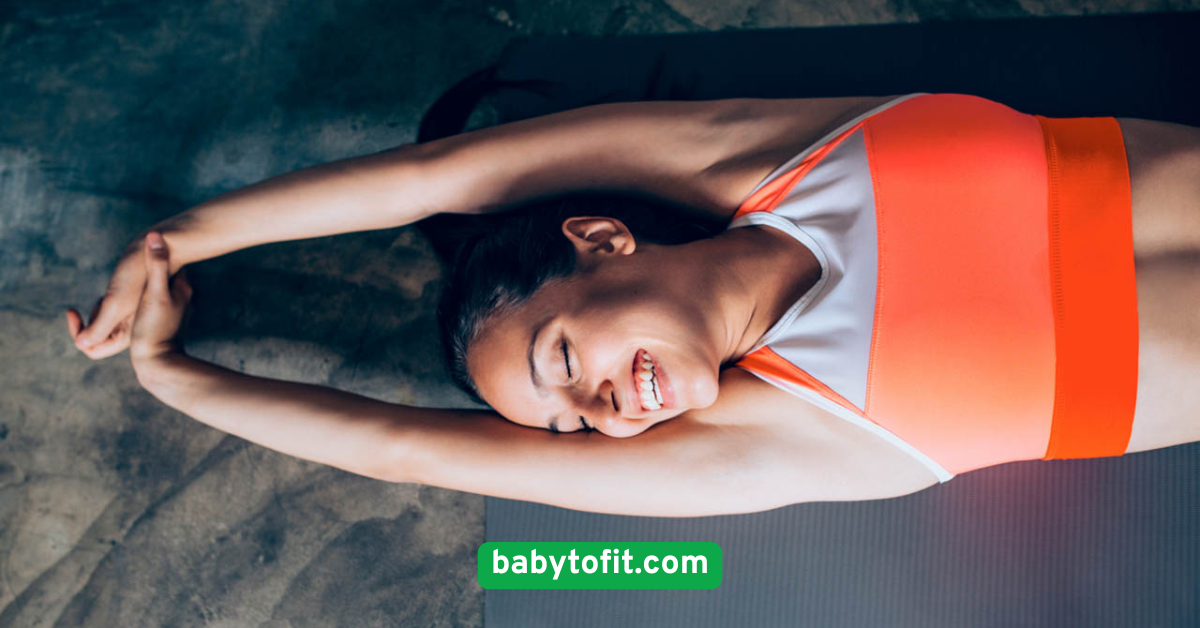
2. Pelvic Floor Engagement (Kegels)
Pregnancy and delivery can weaken the pelvic floor muscles, leading to issues like incontinence or pelvic organ prolapse. That’s where Kegels come in—they’re a crucial starting point for rebuilding internal strength safely.To do a Kegel, imagine trying to stop the flow of urine midstream. Contract and lift those pelvic muscles for 3–5 seconds, then relax completely. Repeat 8–10 times, 2–3 times per day.This can be done lying down, sitting, or even while nursing. Over time, these exercises improve bladder control, enhance core stability, and support a healthy recovery. They’re quick, discrete, and incredibly effective for postpartum healing.
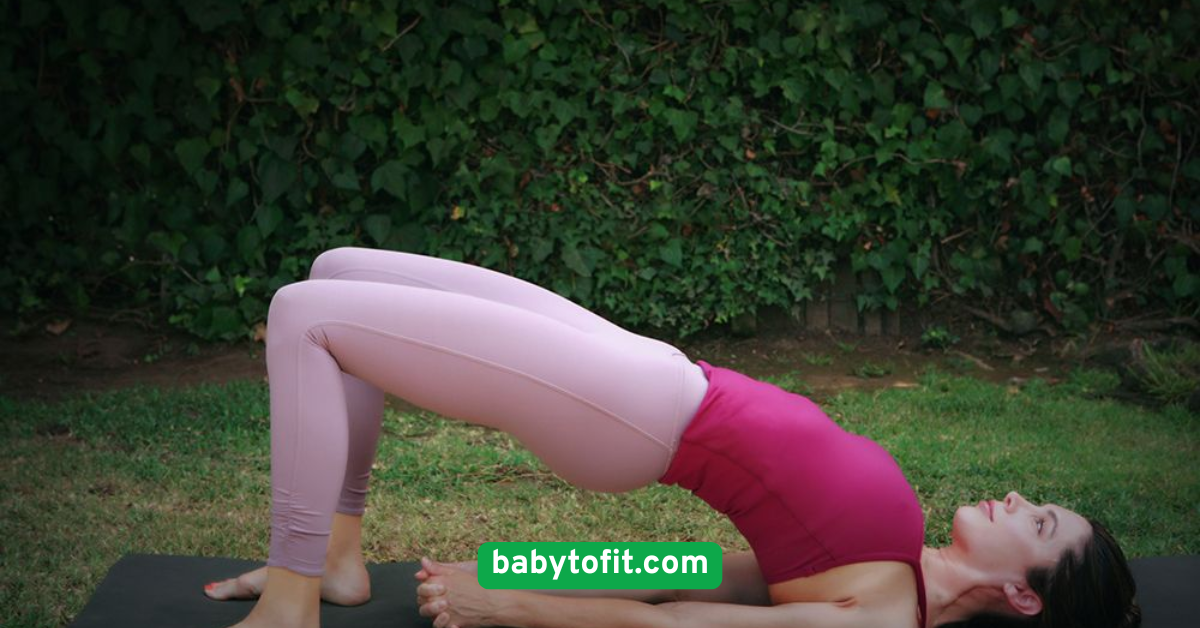
3. Glute Bridges
The glutes are often neglected during pregnancy due to posture changes and the body’s weight shifting forward. Glute bridges help re-engage this powerhouse muscle group, which supports lower back and pelvic health.Lie on your back with knees bent and feet flat on the floor. Engage your core, squeeze your glutes, and lift your hips toward the ceiling. Hold for a few seconds, then lower slowly.Start with 10 reps and gradually increase as strength improves. This move not only strengthens your backside but also improves spinal alignment and mobility—perfect for those long hours spent nursing or carrying your baby.
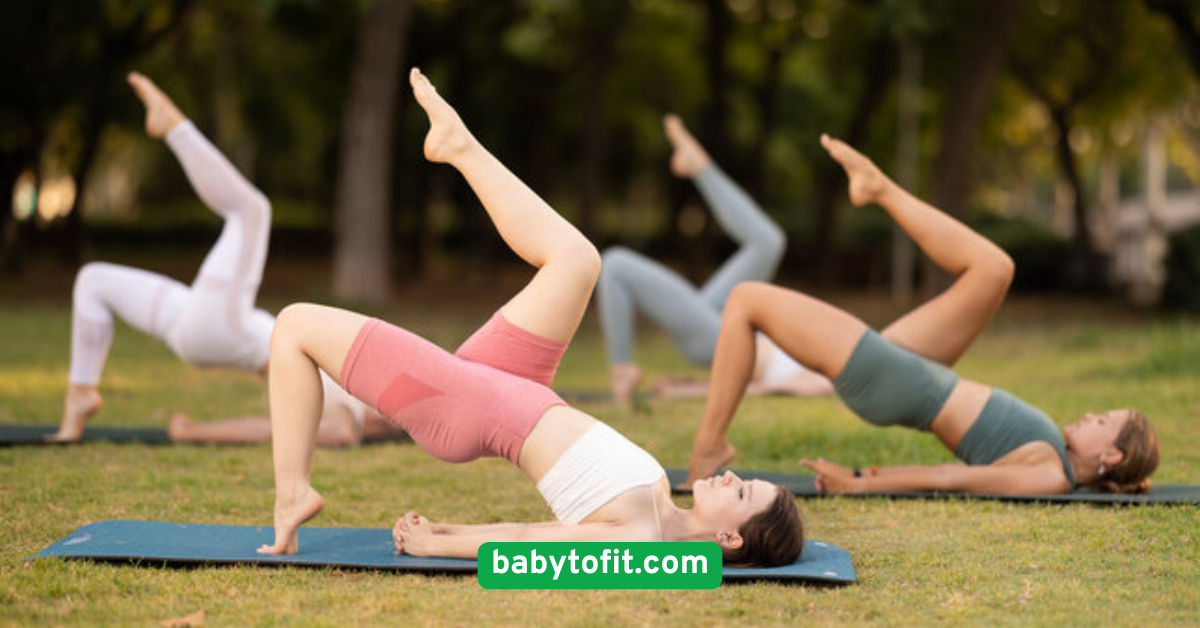
4. Seated Cat-Cow Stretch
Spinal mobility can be a game changer during postpartum recovery. Seated Cat-Cow is a variation of the traditional yoga pose that gently stretches the spine, releases tension, and improves blood flow—all from the comfort of a chair or couch.Sit tall with feet planted. On the inhale, arch your back and lift your chest (Cow). On the exhale, round your spine and tuck your chin (Cat). Repeat slowly for 1–2 minutes.This stretch helps combat the stiffness from holding a baby or breastfeeding for extended periods. It’s also calming, restorative, and can be done multiple times a day to reset your posture and relieve stress.
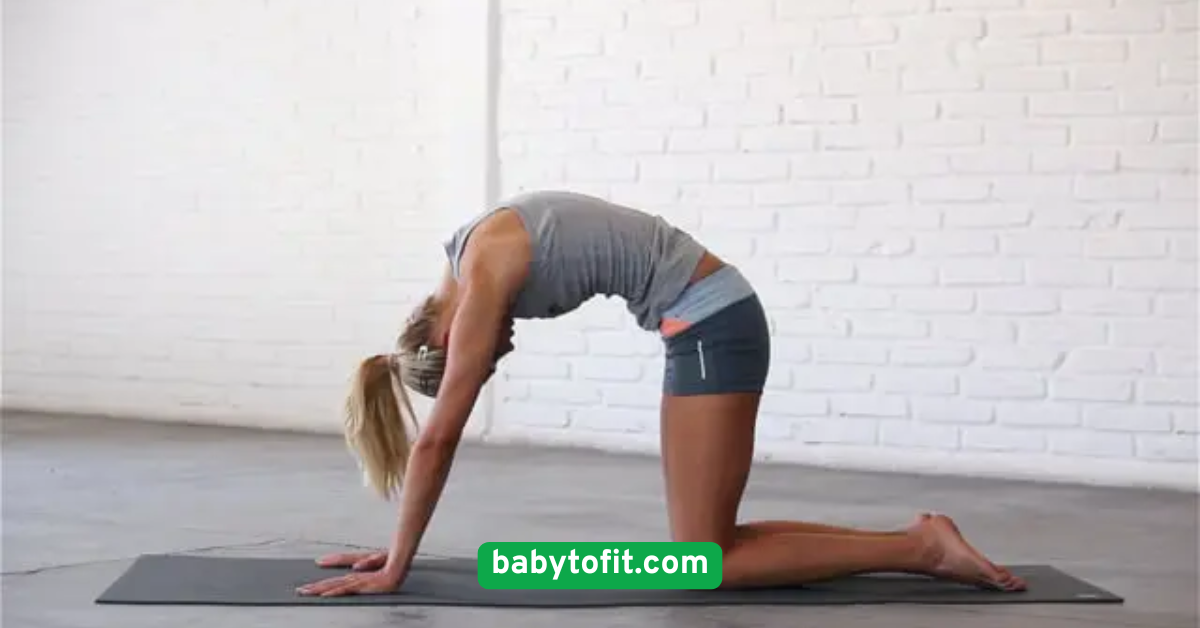
5. Heel Slides
Heel slides are ideal for reconnecting with your core without putting pressure on the abdominal wall. They also enhance hip mobility and are completely safe for those with diastasis recti.Lie on your back with knees bent and feet flat. Slowly slide one heel along the floor to extend your leg, then return it to the starting position. Alternate legs for 10–12 reps per side.Focus on keeping your pelvis stable and core gently engaged. This seemingly simple move is incredibly effective when performed with control and precision.
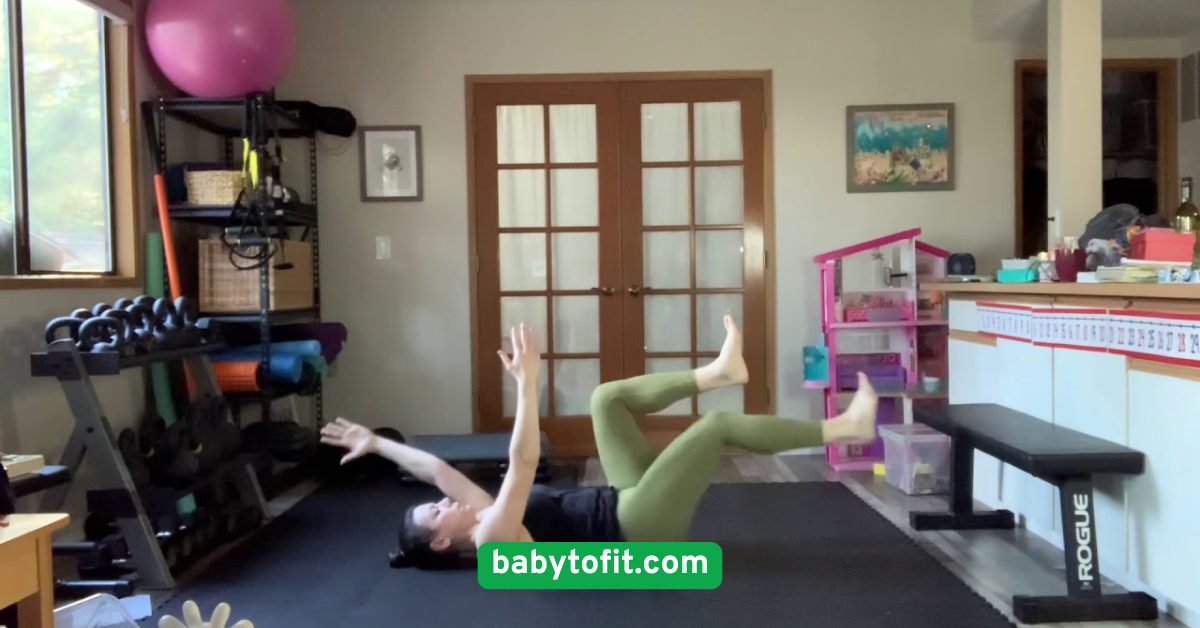
6. Modified Bird Dog
Bird Dog builds core stability and enhances coordination—two things every postpartum body can benefit from. A modified version keeps things gentle while still being effective.Start on all fours. Extend your right arm and left leg, keeping hips level and spine neutral. Hold briefly, then return to start and switch sides.This low-impact movement strengthens the back, shoulders, and glutes while training your body to move with balance and control. Begin with 6–8 reps per side, gradually increasing as your strength improves.
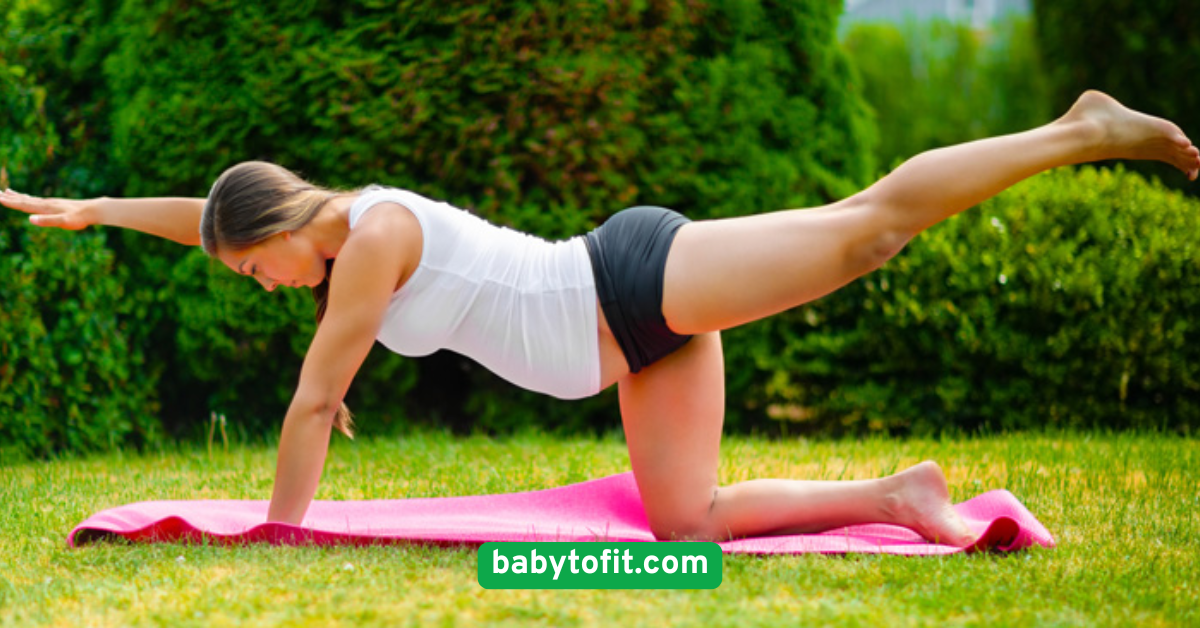
7. Standing Marches
Need a quick energy boost? Standing marches are a simple way to elevate your heart rate and get your blood flowing—no equipment required.Stand tall and alternate lifting your knees toward your chest as if marching in place. Add a rhythmic arm swing for extra movement and energy.Do this for 1–2 minutes at a time to improve circulation, activate your core, and build cardiovascular endurance without overexertion. It’s the perfect “nap-time” workout or morning pick-me-up.

8. Resistance Band Rows
Postpartum posture often suffers due to breastfeeding, babywearing, and endless diaper changes. Resistance band rows are great for strengthening the upper back and reversing shoulder rounding.Sit or stand with a resistance band secured at waist height. Hold the handles, engage your core, and pull the band back toward your ribcage, squeezing your shoulder blades together. Slowly release.This move improves posture, supports upper-body strength, and reduces neck and shoulder tension. Start with 2 sets of 10 and build from there.
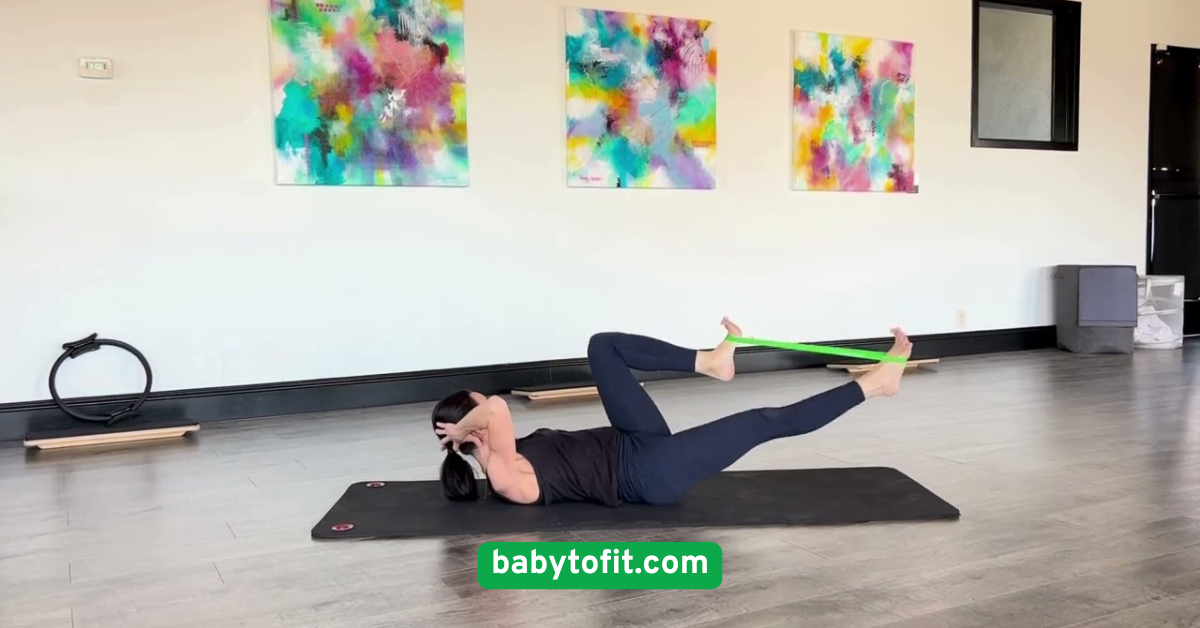
9. Gentle Flow Yoga
Yoga can be incredibly therapeutic during postpartum recovery. A gentle flow that includes poses like Child’s Pose, Cobra, Cat-Cow, and Low Lunge helps stretch tight muscles, release tension, and connect breath with movement.You don’t need a full class—just 10 minutes of flowing through a few poses can reset your day. Focus on deep breathing, slow transitions, and poses that open the hips, chest, and spine.Yoga also has mental health benefits, helping reduce anxiety and foster a stronger mind-body connection during an emotionally vulnerable time.
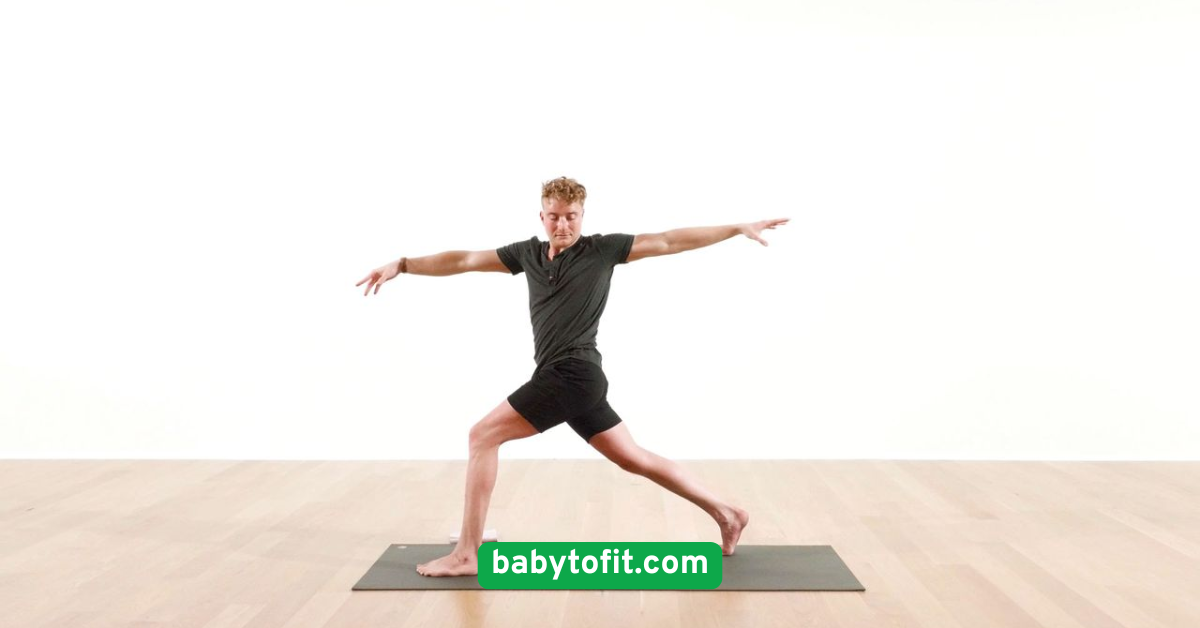
10. Bodyweight Squats
Squats are one of the most functional movements you can do postpartum. You’re already squatting daily—picking up your baby, grabbing the diaper bag, bending for laundry—so why not build strength while doing it?Stand with feet hip-width apart. Lower your body as if sitting in a chair, keeping your chest lifted and knees tracking over your toes. Press through your heels to stand up.Start with shallow squats and increase your range as your strength and mobility improve. This move strengthens your legs, hips, and core—all essential for everyday mom life.
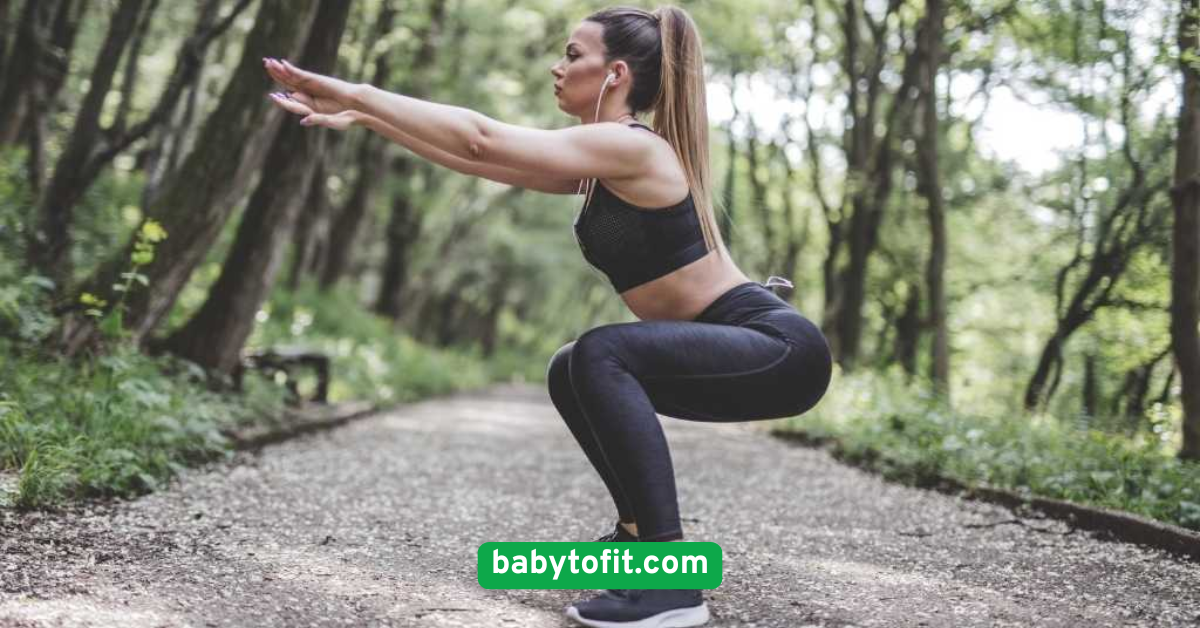
11. Side-Lying Leg Lifts
Side-lying leg lifts target your outer thighs and hip stabilizers, which are often weakened postpartum. Strengthening them supports pelvic alignment and helps prevent back and knee pain.Lie on your side with your legs stacked. Keeping your core engaged, lift your top leg slowly and lower it back down. Repeat for 10–15 reps per side.This is a great move to do while watching TV or during tummy time with your baby. You’ll feel the burn—in the best way.
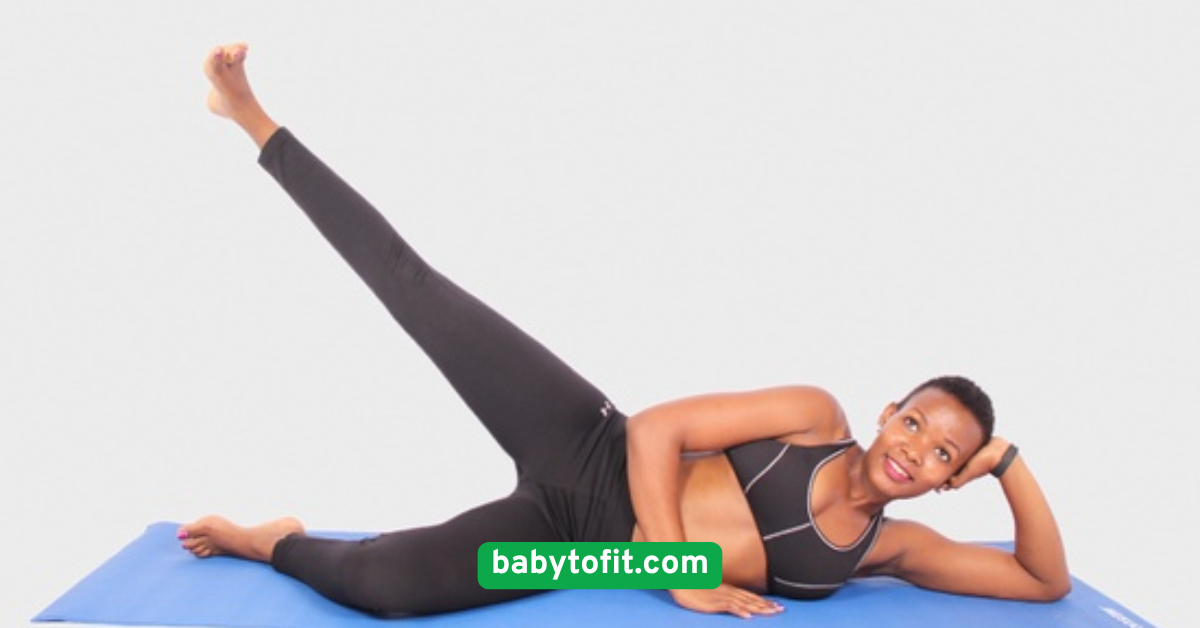
12. Low-Impact Walking
Sometimes, the best exercise is the simplest. Walking increases circulation, lifts your mood, and gently boosts your cardiovascular health—all while giving you some fresh air and peace of mind.Start with short walks around the block or in your yard. Use a stroller or baby carrier if needed. Walking regularly can also help with weight management, reduce stress, and improve sleep quality.It’s not just a workout—it’s therapy on the move. And it’s one of the easiest ways to reintroduce exercise into your daily routine.
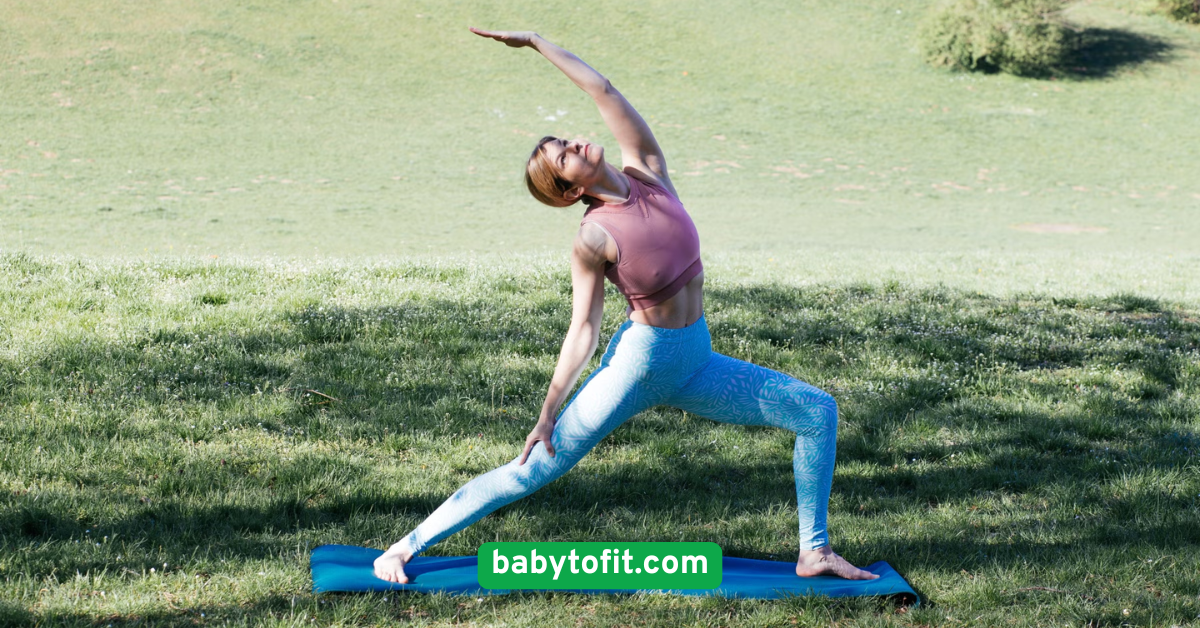
Conclusion
Postpartum recovery isn’t about rushing back into your pre-baby jeans. It’s about nurturing your body, honoring the transformation you’ve just experienced, and gently rebuilding your strength and confidence. These 12 healing postpartum workouts offer a safe, supportive way to move your body, reclaim your energy, and feel good in your skin again.
Remember, small consistent steps matter more than intense effort. Choose one or two movements a day, listen to your body, and modify as needed. With time, patience, and love, you’ll feel stronger, more energized, and more grounded with every breath and every rep.
You’ve brought life into the world—now it’s time to nourish your own.





